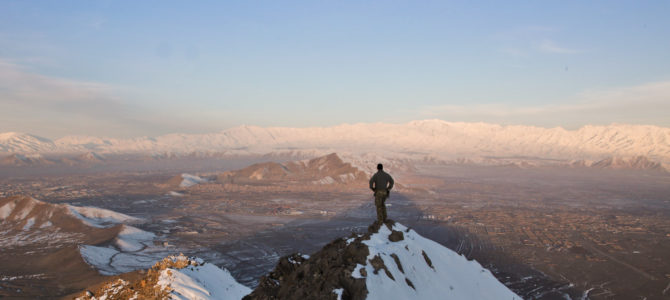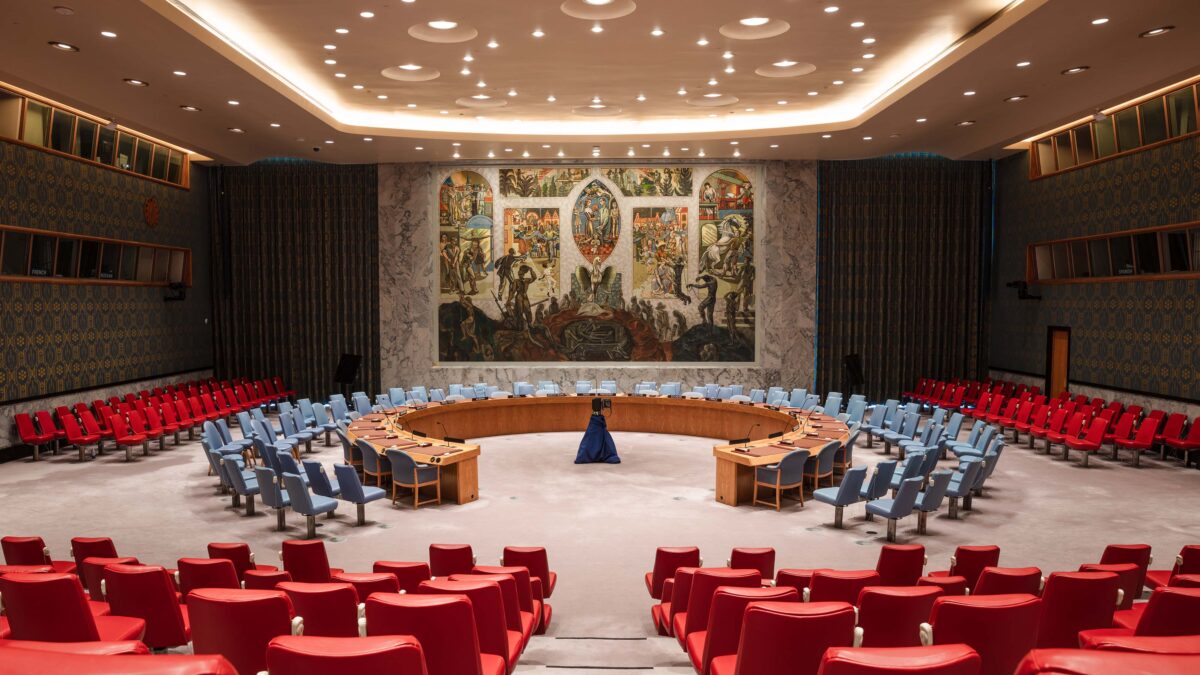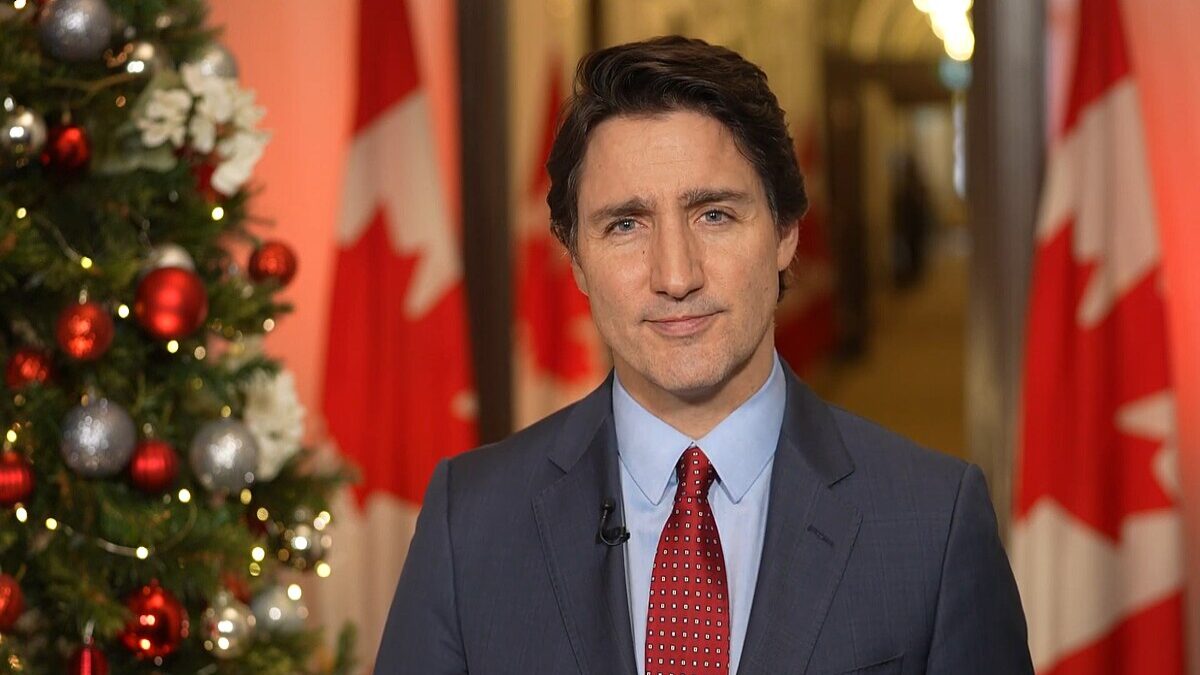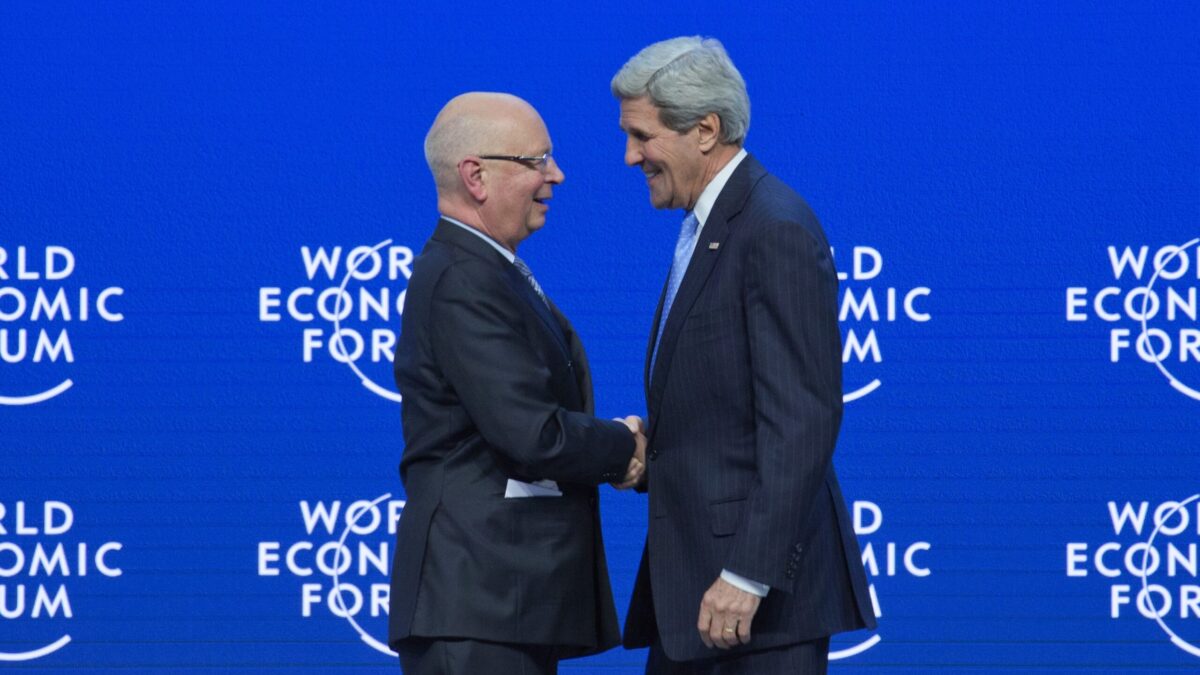
The fiasco in Afghanistan should, by itself, bring a reckoning for the professionals who assured us it was a worthy effort. It won’t.
We witnessed the sudden, embarrassing end to a misbegotten nation-building effort killing more than 2,443 American soldiers and costing some $2.3 trillion in expenditures for warfighting, civil works projects, and the now non-existent Afghan national army — not to mention veterans’ health costs.
The two biggest national security challenges of the post-Cold War era — China and the response to 9/11 — have been gravely mishandled by America’s defense and foreign policy elite. America and its allies are now in a position of extreme vulnerability because of their gross incompetence. The Chinese Communist Party leadership under General Secretary Xi Jinping cannot help but view American capabilities as weak and its leadership as craven. Taiwan, and by extension, Japan, are in China’s crosshairs.
This danger will only begin to ebb when the United States successfully reverses a Chinese gain, shattering its aura of inevitability — something akin to the invasion of Grenada in 1983, which marked the first reversal of a Soviet bloc acquisition during the Cold War.
How did we get to our present state? What were the main policy forks where a more honest national security establishment could have taken a different path?
The beginning was with President Nixon’s opening to China in 1972, as he sought to wind down U.S. involvement in the Vietnam War while deepening and formalizing the Sino-Soviet rift that started in 1956.
U.S. Reaction to Tiananmen Square
China’s Communist Party leadership ordered the crushing of the Tiananmen Square democracy movement in June 1989. During his campaign for president in 1992, then-Arkansas Gov. Bill Clinton sharply criticized President George H.W. Bush for being soft on China in the wake of the massacre.
A mountain of strategic campaign donations from Chinese interests and a Chamber of Commerce eager to make money in China were all the urging Clinton needed to see things differently. As a result, there was no reevaluation of the American relationship with China in the early 1990s.
In 1990, the gross domestic product of the People’s Republic of China(PRC)was $1,111 billion, compared to the United States’s at $5,963 billion. The relative American economic advantage was just more than five times that of the PRC.
Technology Transfer
It was during the Clinton administration, in the heady days of the American hegemony in the post-Cold War world, that the process of accelerating technology transfer to China began in earnest. In 2000, at the urging of Silicon Valley, the Clinton administration relaxed regulations to allow the People’s Liberation Army to purchase high-speed U.S. computers capable of simulating nuclear explosions — without an export license or security review.
But in many ways, strengthening the PRC had already begun a few years earlier when Western corporations, under the thrall of the emergent Chinese market, began to transfer technology to China as a Chinese precondition for access to their markets. One illustrative example of this was the rise and fall of Lucent Technologies, a spin-off from AT&T, and the subsequent rise of China’s Huawei.
By 1999, Lucent was the world’s largest telecommunications equipment firm. In 1997, Carly Fiorina, later a candidate for the Republican nomination for president in 2016, was selected to lead Lucent’s global service-provider business, its largest customer segment. Within a year, Lucent consummated six joint ventures in China, transferring technology as the cost of doing business. By 2004, China’s Huawei started taking Lucent’s market share. By 2006, Lucent was gone — merged with France’s Alcatel.
Thus, in one example, the American system’s weakness when confronted with the PRC’s remorselessly mercantilist system can be seen: short-term profits for a business grown with U.S. support for research and development and nurtured in an environment favorable to intellectual property rights, big payoffs in the form of stock options and bonuses to executives, and the collapse of American manufacturing capacity. Elon Musk is relearning this costly lesson with his Tesla China operations today.
Normalizing Trade
In 2000, the U.S. Congress normalized trade with the PRC by approving permanent normal trade relations (PNTR). With an 11-seat majority in the House and a 55-to-45 majority in the Senate, it was mostly Republicans who approved PNTR. Only 15 senators voted against the measure, including eight Republicans. The vote in the House was much closer, 237-197, with 57 Republicans and 138 Democrats voting “no.”
A year later, China joined the World Trade Organization. In 2000, the PRC’s gross domestic product had more than tripled in a decade to $3,661 billion with the U.S. economic output less than doubling to $10,252 billion. America’s economy was now a little less than three times that of China’s.
With the election of George W. Bush in 2000, it looked as though America’s Cold War marriage of convenience with the PRC would be reevaluated. This took on greater urgency after an American surveillance aircraft was rammed in mid-air by a PRC jet fighter on April 1, 2001. The damaged aircraft was subsequently forced down on the PRC’s Hainan Island. The 24 aircrew were released after 10 days while the PRC’s military stripped and disassembled the aircraft, sending it back in pieces three months later.
Responding to the 9/11 Attacks
But soon, al-Qaeda’s 9/11 attack completely occupied the Bush administration’s attention. Any thought of reordering the Sino-American relations was abandoned and would remain so until the 2016 election of Donald Trump.
By 2010, the PRC’s GDP hit $12,291, with the United States at $14,992. China had almost caught up to the United States in economic output, yet with more than four times the population, China remained a relatively poor nation on a per capita basis.
Al-Qaeda’s successful 2001 terror attack required a U.S. response. The Bush administration issued a demarche to the Afghan Taliban that it deliver al-Qaeda leader Osama bin Laden and expel the terror group. It refused. The United States and the United Kingdom then launched Operation Enduring Freedom on Oct. 7, 2001. About 10 weeks later, the Taliban was driven from power and back into the hills and mountains of Afghanistan.
Initially, the U.S. response took the form of a punitive expedition to kill or capture those responsible for 9/11, hitting them in their bases in Afghanistan. Unfortunately, in what should have been the decisive battle at Al-Qaeda’s mountain redoubt at Tora Bora in eastern Afghanistan, some seven miles from Pakistan’s tribal territories, al-Qaeda elements exfiltrated through allied lines by negotiating a truce with a local Afghan militia commander. Thus, al-Qaeda remained intact, but was denied its freedom of operation in Afghanistan.
Nation Building vs. Deterring China
It was at this juncture that the project of trying to transform Afghanistan from a pre-modern tribal society into a modern democracy took hold. The fear was that without a stable and friendly central government in Kabul, al-Qaeda would easily return to begin plotting deadly terror attacks as soon as the United States withdrew.
Yet after the Taliban’s rout, would the Afghans, or any other nation or warlord, have risked their own lives to provide safe haven to al-Qaeda? A nation that allows itself to be used as a platform to attack America confers no obligation on America to leave that nation in better shape than it was before the punitive expedition to destroy the threat it hosted.
American mission planners should be under no obligation to occupy and then economically and politically develop terror-hosting nations. This frees resources for more punitive expeditions — a virtuous circle — as well as more dollars for R&D and procurement to deter or defeat China.
Texas Rep. Dan Crenshaw makes much the same point in his Aug. 17 Wall Street Journal piece, drawing the distinction between nation-building and maintaining the ability to kill our enemies as they emerge to present a threat to Americans. Crenshaw argues that Americans “became exhausted over the years with the vast sums of money spent and lives lost, seemingly in a futile attempt to build democracy,” and had “a lot of foreign policy options between nation building and giving up.”
In March 2003, fearful of Saddam Hussein’s Iraq using weapons of mass destruction to carry out terror attacks — or lending such weapons to terror groups — the United States invaded Iraq. It began the process of remaking that land and people as well, although in comparison to Afghanistan, Iraq was at least 100 years further along the process of becoming a modern state.
Bush vs. Gore on Nation Building
Here it’s useful to return to 2000 and the second presidential debate between Vice President Al Gore and Texas Gov. George W. Bush.
Bush cited the Somalian intervention as an example of nation-building gone wrong, saying, “It started off as a humanitarian mission then changed into a nation-building mission and that’s where the mission went wrong. The mission was changed. And as a result, our nation paid a price, and so I don’t think our troops ought to be used for what’s called nation-building. I think our troops ought to be used to fight and win war.”
Gore harkened back to America’s occupation and rebuilding of Europe and Japan in the post-World War II, early Cold War period to broadly support the concept of nation-building. The preponderance of America’s foreign, defense, and intelligence establishment agreed with Gore, failing to see the vast distinction between rebuilding a modern nation with a highly educated population and rule of law versus the far more daunting task of birthing a modern nation from scratch out of tribal societies owing no allegiance to a distant central government.
Gore’s views represented the views of the national security clerisy. Views beyond the pale were excluded from consideration. Even before 9/11, Bush’s opposition to nation-building would have never had a chance among the permanent officials who would have been tasked with implementation. It’s not in the foreign policy blob’s cultural DNA.
Thus, from the fall of the Taliban in late 2001 to its triumphant and chaotic return almost 20 years later, we temporized in Afghanistan. But while we borrowed and spent $2.3 trillion, the Chinese modernized their military, vastly enlarged their nuclear weapons arsenal, and extended their reach, both in the South China Sea and abroad, with extensive predatory infrastructure projects in strategic locations. By 2020, China’s GDP was $24,143 billion, eclipsing American output at $20,933 billion.
Had our Afghan adventure been limited to punitive strikes, saving $2 trillion, it’s possible that an additional $500 billion might have been invested in military R&D and procurement, rebuilding the Navy, bolstering missile defense, and developing entirely new capabilities. Chinese adventurism would have been easier to deter. Instead, a large-scale war is more probable than the elites who brought us Afghanistan, Iraq, Libya, Syria, and others would like to admit.









